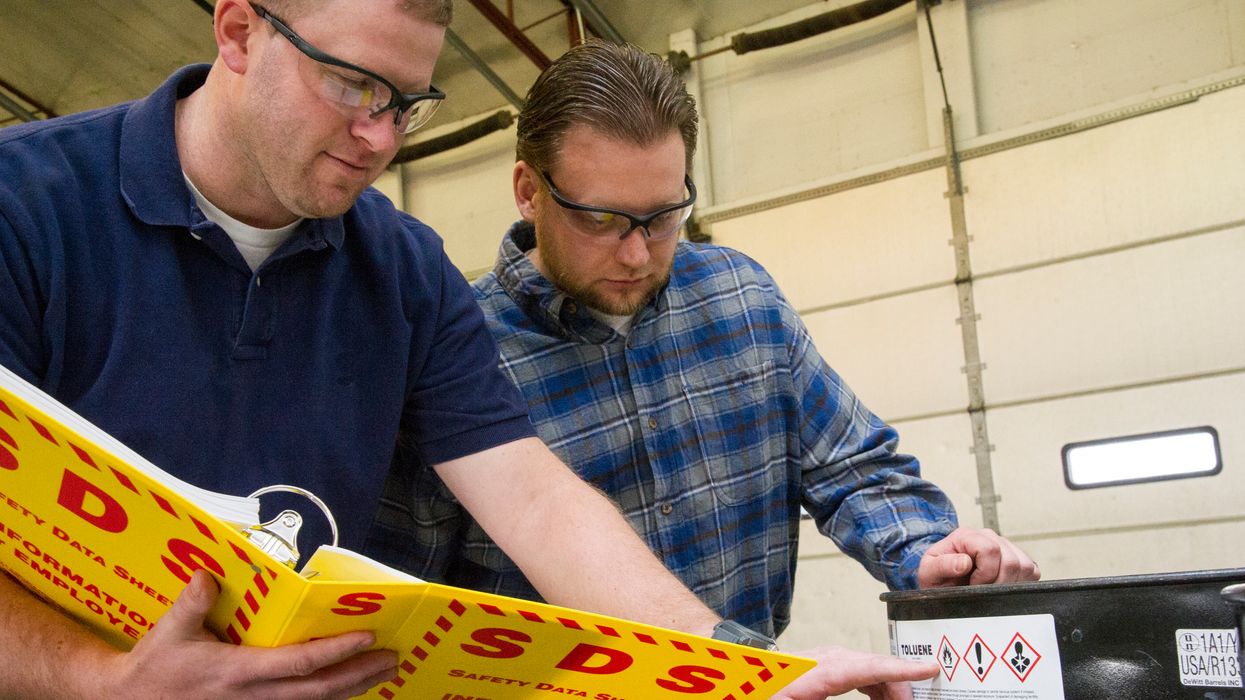Let’s talk about sexual harassment (even though no one else is)
At the national Society for Human Resource Management (SHRM) convention in June, there was a session called, “Why are we still talking about sexual harassment?”
The presentation was informative, but since there were very few sessions on the topic, a more appropriate title may have been: “Why are we no longer talking about sexual harassment?”
What has changed?
Five years ago, the subject of sexual harassment dominated the news, and any and every HR conference. What has changed?
The topic of sexual harassment has not left the spotlight because the problem has gone away. Sexual harassment has, however, become a less visible issue because, to an extent, as it has moved online along with the portion of the nation’s workforce that transitioned to remote or hybrid work. A harasser hiding behind a keyboard, however, is a harasser, however, and the experience is just as traumatic for the victim.
What hasn’t changed?
Strategies for sexual harassment prevention have not changed, but they must be tweaked to fit the new ways we work. For example:
- Strong anti-harassment policies are still needed, but must clearly spell out that online harassment is indeed harassment
- Anti-harassment training must include clear information that online harassment is unacceptable, and
- Bystander training should include examples of how to be an on-line bystander (if something inappropriate is said in a group chat, for example, do not just let it go; or if something inappropriate is visible in a coworker’s background during a video call, ask them to get remove it).
5 keys to sexual harassment prevention
A 2018 study from the National Center for Biotechnology concluded that organizational climate is the single most important factor in determining whether sexual harassment is likely to occur in a work setting.
That remains true five years later, even if the “work setting” is a now remote home office. To improve your organizational climate, and make sexual harassment less likely to occur:
- Listen to employees and believe claims of harassment (unless a thorough investigation finds them to be false),
- Notice inappropriate behavior and speak up,
- Call out colleagues who accept inappropriate behavior,
- Intervene if you observe inappropriate behavior, and
- Prevent microaggressions from leading to more egregious behaviors, whether online or in person.
Key to Remember: Sexual harassment in the workplace may not be as dominant a topic as it once was, but it is still a problem. By working to improve organizational climates, HR professionals might legitimately reduce the need for sexual harassment to be the focus of events like HR conferences in the future.




















































